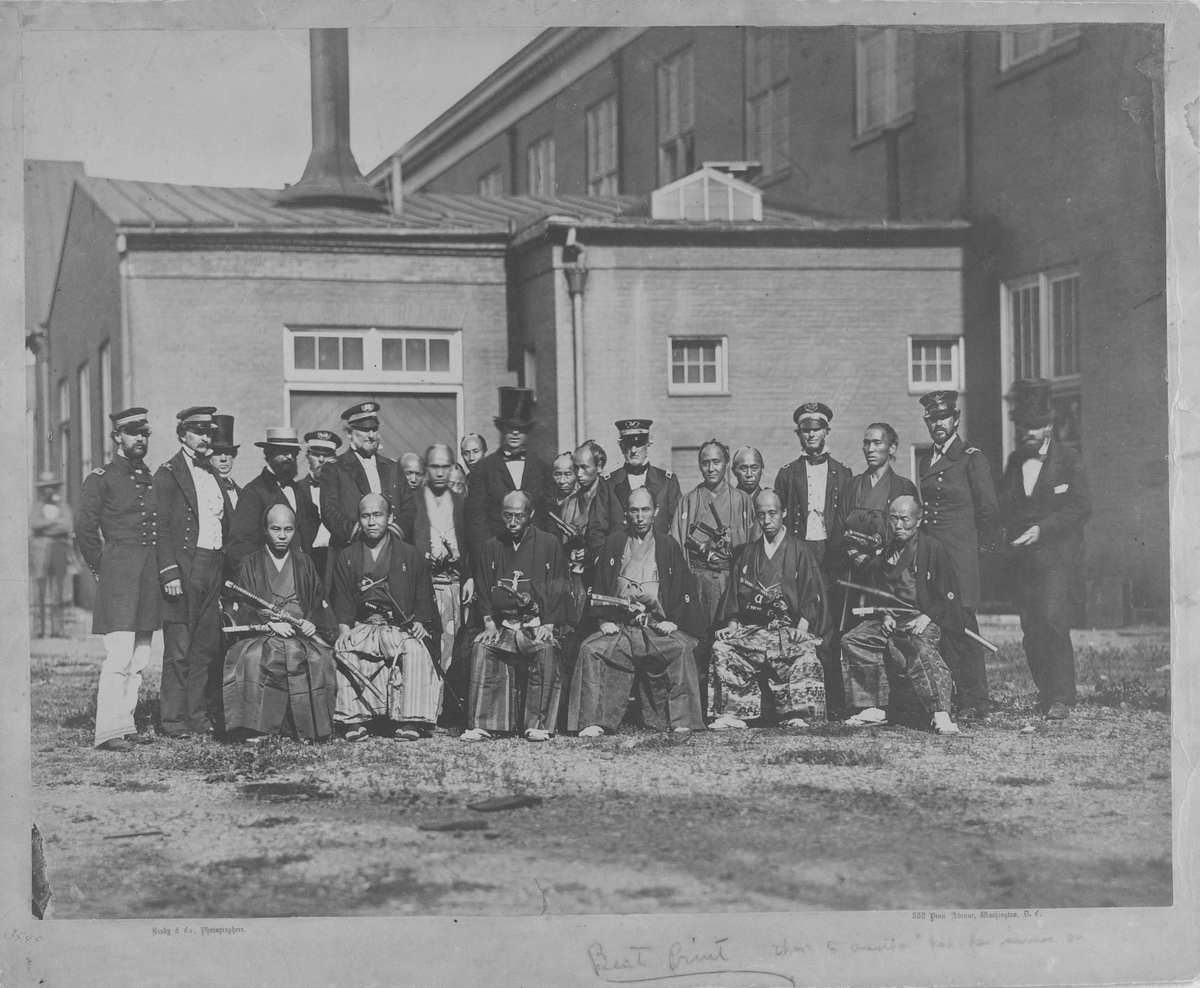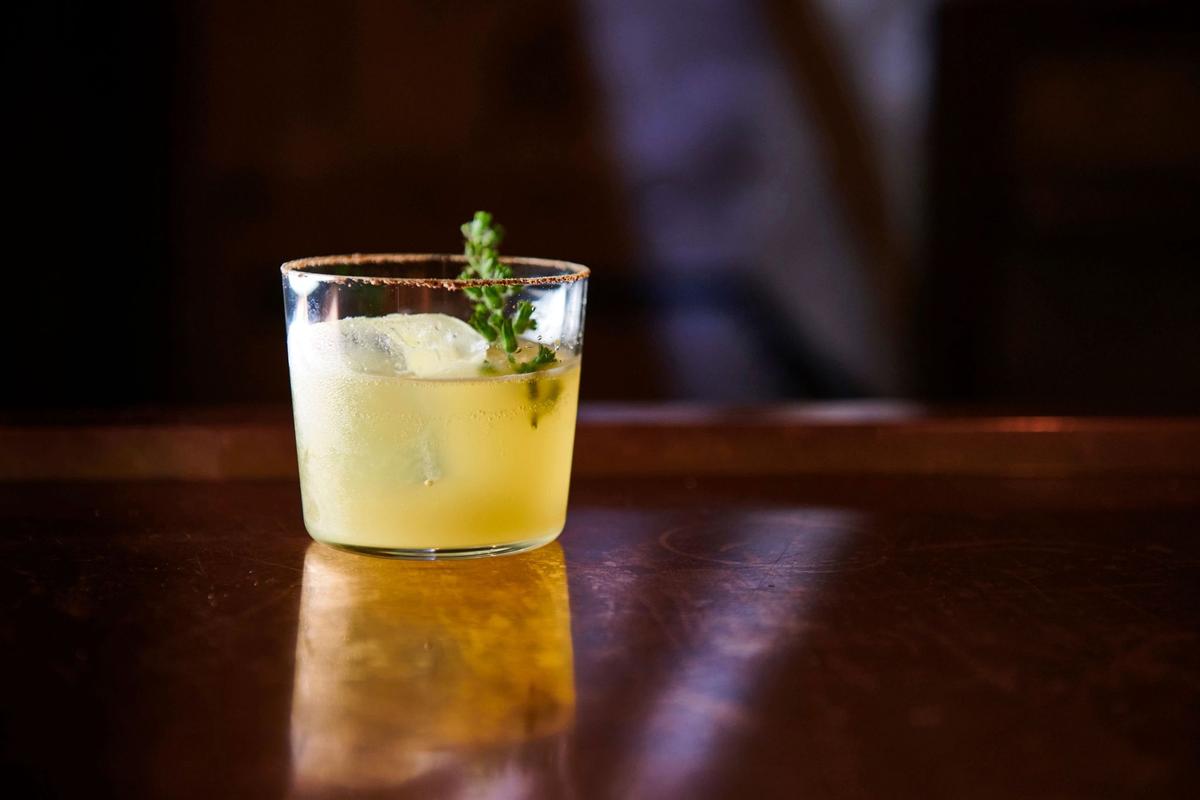SG Club’s head mixologist Reoma ‘Oma’ Mita
| Photo Credit: Special arrangement
The Meiji period of Japanese history is one of modernisation, revolution and reform. A lot changed in the mid to late 1800s, and this includes changes in the culinary and social culture. SG Club, a bar in Tokyo, reimagines a bar of that era into modern day. Located in the iconic Shibuya district, it was started by Shingo Gokan in June 2018. The award-winning bar ranks as number 23 on the Asia’s 50 Best Bars 2024 list.
Bengaluru is in for a treat as the head mixologist Reoma ‘Oma’ Mita comes to the city for a pop-up at Muro on Museum Road. In a fun conversation, he takes us through the history of cocktails in Japan, the bar’s origin story, and his plans while in India.
“Today, Tokyo’s bar culture is quite diverse, allowing you to choose a bar based on your mood and preferences. There are izakayas, music bars, casual bars and many other types of bars,” says Oma, who started his career at a factory making concrete pillars. He read Shingo Gokan’s profile in a magazine and decided to be a bartender. “I travelled to New York for the first time to meet Shingo, who was working at Angel’s Share at the time. I started working as one of the founding members of the SG club when it opened in 2018, and after about five years, I finally became a bar manager.”
The last samurai
The history of cocktails in Japan stretches back to the Meiji era. In the 1860s, a Japanese diplomatic mission, made up of 77 samurai, set sail on the Kanrin Maru ship to San Francisco. When the group reached New York City they stopped by Broadway and visited legendary bartender Jerry Thomas’ bar. These samurai were welcomed warmly by the Americans and Thomas made a special cocktail in their honour.
By this time Japan was opening up to western relations and ending its isolationist foreign policy. These samurai, who were diplomatic ambassadors, were the last few as just a decade or so later, the samurai status was abolished in the 1870s. When they returned from Europe, they brought with them a lot of new ideas and cultures. SG Club imagines the kind of American bar that these well-travelled samurai would have opened when they returned to the country.

The Japanese Embassy to the United States, 1860
| Photo Credit:
Wikimedia commons
“Cocktails were introduced to Japan during the Meiji period, but it wasn’t until the Taisho period (1912-1926), that bars began to appear in the city, and that the general public actually started to drink them. Until then, cocktails were a special drink only enjoyed in places where a limited number of people gathered, such as hotels in port towns like Rokumeikan and Yokohama, where ships on overseas routes came and went,” Oma explains.
Bars opened in big cities such as Tokyo and Osaka, but only the wealthy enjoyed cocktails. Post WWII, cocktails began to attract the attention of the Japanese. “Torys Bar was opened in 1950. Gradually, a wide variety of alcoholic beverages became available, and the number of cocktail fans rapidly increased. Like music and movies, cocktails also became familiar to the Japanese palate while being influenced by American trends. In mid-’60s, the number of women coming out to bars increased, contributing to the popularity of cocktails,” he says.
More than just yuzu
At SG Club, unique Japanese ingredients are used in the making of the cocktails. Think shiso, a fresh herb, yomogi, Japanese mugwort, and Japanese sugars such as wasanbon and kokuto. At the pop-up Oma is bringing some signature drinks and ingredients. Golden guy is a cocktail that blends Patron Silver, barley, yuzu, agave nectar and shiso (“Golden Guy in particular will sell out quickly,” according to Oma). The drink simply called Japanese cocktail is inspired by the Japanese tea ceremony. It has Grey Goose, yomogi, wasanbon and kokuto.

The Golden Guy cocktail
| Photo Credit:
Special arrangement
While in India, Oma wants to make the most of his time here and take back some ideas. “I’d like to go bar hopping and try local Indian food, fruits, and spices. I would also like to learn about Indian culture and history, and then create an Indian-inspired cocktail when I return to Japan.”
Tickets start at ₹2,950. August 23 and 24. At Muro, Museum Road. For details, call 080 69456060